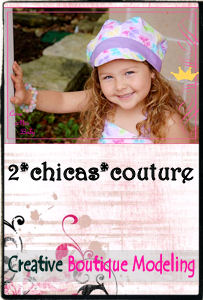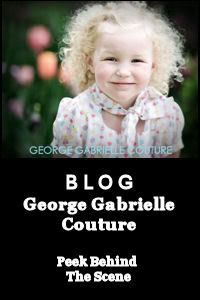Eco-fashion is about making clothes that take into account the environment, the health of consumers and the working conditions of people in the fashion industry.
Eco-fashion clothes:
- are made using organic raw materials, such as cotton grown without pesticides and silk made by worms fed on organic trees
- dont involve the use of harmful chemicals and bleaches to colour fabrics
- are often made from recycled and reused textiles. High-quality garments can be made from second-hand clothes and even recycled plastic bottles
- are made to last, so that people keep them for longer
- come from fair trade - the people who make them are paid a fair price and have decent working conditions.
With the eco-fashion industry still in its infancy, the main responsibility at the moment lies with clothes manufacturers and fashion designers, who need to start using sustainable materials and processes.
(Taken from http://environment.about.com/gi/dynamic/offsite.htm?zi=1/XJ&sdn=environment&cdn=newsissues&tm=59&gps=157_136_1020_544&f=10&tt=2&bt=0&bts=0&zu=http%3A//www.stepin.org/)
Sources for eco-friendly fabrics and notions:
http://www.nearseanaturals.com/
http://www.vreseis.com/
http://www.ocpstore.com/main.sc
http://www.heartofvermont.com/
http://www.earthfriendlygoods.com/
http://www.wildrosefarm.com/
I'm sure that you can find more sources by doing a search on the internet.
One of the choices is to buy undyed fabric and use dyes derived from plants. People have been doing this for thousands of years. Most plant parts have a mixture of pigments, which is why dyes made from plants tend to appear more subtle and muted—less "pure"—than synthetic dyes. These "earth tones" in plant dyes intrigue many hobby and craft dyers, because the rich hues of mother nature all seem to "go together."
These are just some of the plants that can be used to produce some dyes. Red cabbage, berries, aster, calendula, chamomile, dandelion, golden marguerite, marigolds, zinnias, tomatoes, alder, mint, parsley, birch, and so much more. Do some online search or go to the library to find more plants that can produce dyes. If you're not a gardener like me, I am always freaked out when I see worms lol, grocery stores, farmers market, and nurseries are great places to find your plant sources.
To prepare your dye bath, bring water to a boil in a pot large enough to allow fabric or fiber to move freely, allowing plants to simmer for an hour or more; most plants need to steep in water before fabric is added, and the longer they soak, the greater the intensity of the dye.
Next, add your fabrics or yarn, maintaining the bath on low-medium heat. When simmering fiber in a dye bath, the vividness of each plant hue will vary, so experiment with small sections first. The longer the fiber remains in the bath, the more intense the hue. Keep in mind, however, that fabric or yarn will lighten after it is rinsed.
Mordants are adhesive compounds that fix plant dyes to fibers and can be added to the dye bath, or a separate bath, before or after dyeing. Chemical mordants, such as ammonium hydroxide and chrome, are caustic and can cause skin and respiratory-tract irritation. Chrome is toxic to kidneys and a potential human carcinogen, and chrome-based mordant baths must be treated as household hazardous waste. Non-chemical mordants, such as rhubarb leaves, staghorn sumac (as opposed to poison sumac) leaves and oak galls, work just as well, but these can also be harmful. Rhubarb leaves, a natural source for the chemical mordant oxalic acid, are poisonous if consumed in large quantities, so keep these away from children and pets. Alum and urea are safer chemical mordants, but take care in handling alum as it can cause skin irritation.
For non-gardeners, the following companies sell mordants and ready-made dyes made from plant, root, berry and vegetable extracts. Do remember that all powder dyes, no matter what the source, can be potentially irritating if inhaled, so wear a dust mask when working with them.
Dye Supplies
For non-gardeners, the following companies sell mordants and ready-made dyes made from plant, root, berry and vegetable extracts. Do remember that all powder dyes, no matter what the source, can be potentially irritating if inhaled, so wear a dust mask when working with them.
*Prairie Fibers ($1.25 and up; http://www.prairiefibers.com/, 515-232-0912)
*The Woolery (dyes from $2.00 and dye kits from $29.95; http://www.woolery.com/, 800-441-9665)
*Earth Hues Natural Dye Extracts ($12-$40; http://www.earthues.com/, 206-789-1065)
Resources
*Natural Dyes International (http://www.naturaldyes.org/, 505-751-1596)
*Dyes from American Native Plants (Timber Press, 2005, $29.95)
(Partially taken from: http://www.thegreenguide.com/doc/116/color)
I am so looking forward to try this method to dye fabrics. If anyone would like to try this one too, feel free to let me know the result.
Tuesday, September 23, 2008
Subscribe to:
Post Comments (Atom)



















No comments:
Post a Comment